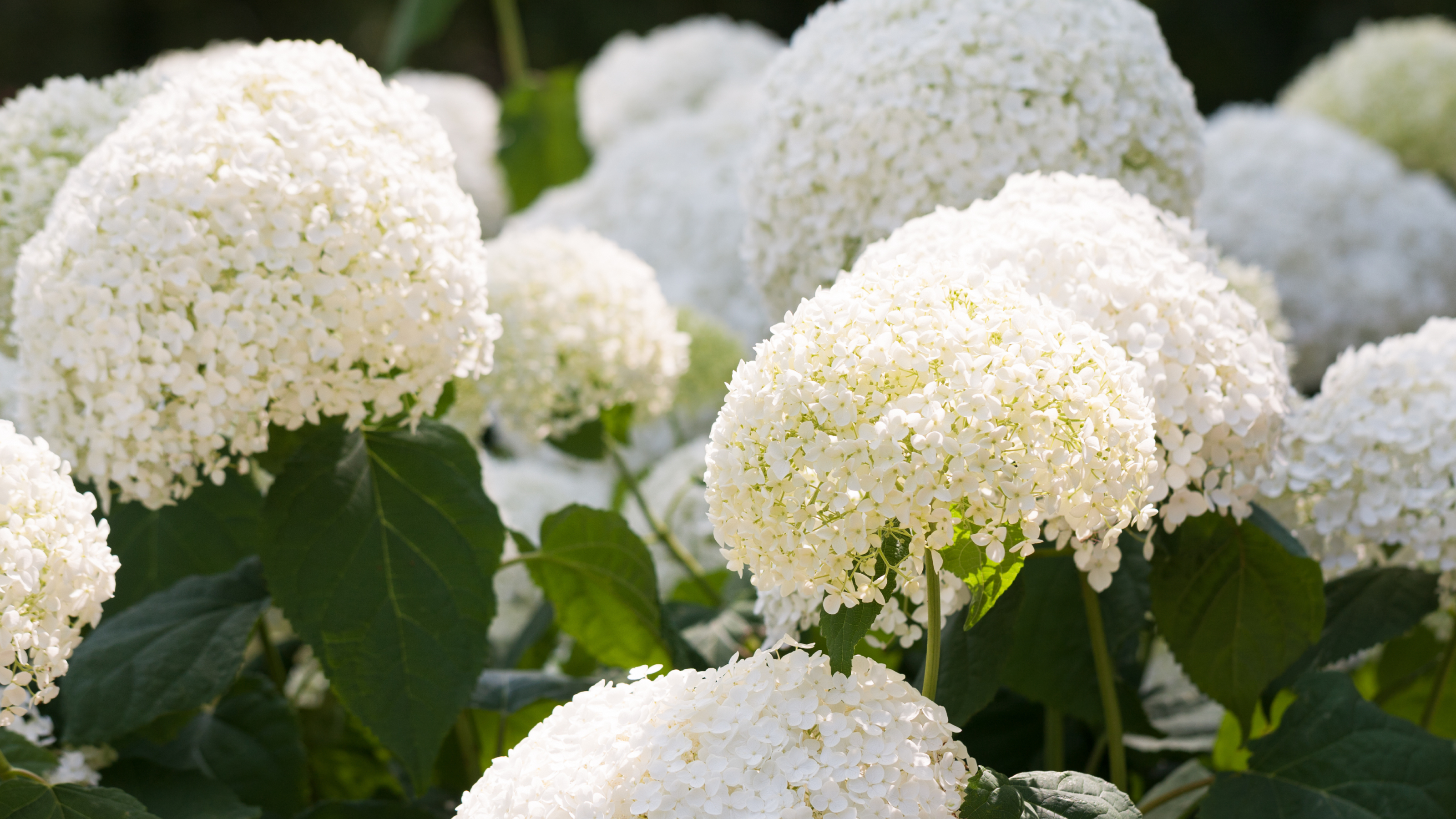Cold Hardy Hydrangeas: Choosing Hydrangeas For Zone 4
There are many beautiful hydrangeas for zone 4. Here are some of the best varieties to withstand cold winter temperatures and provide gorgeous summer blooms.


Almost everybody is familiar with the hydrangea. This old-fashioned bloomer is a staple in mature landscapes and has captured the imagination of many traditional and modern gardeners.
Botanical experimentation has developed varieties of hydrangeas for cold climates as well as specimens that conform to any size preference, bloom form, and resistance to certain diseases. This means there are even hydrangeas for zone 4, in fact it's easy to find the best hydrangeas by zone nowadays, so northern gardeners don't have to forgo these eye-catching bushes.
Cold Hardy Hydrangeas
Growing hydrangeas in zone 4 was once a no-no due to their frost and snow tenderness. Today, we are fortunate enough to have plant enthusiasts that are constantly developing new species and cultivars with the ability to withstand extreme temperatures.
There are now numerous cold hardy hydrangeas from which to choose, with the leading hardy cultivars stemming from H. paniculata and H. arborescens. The former is a panicle forming bush while the latter is in the smooth leaf category. Both bloom on new wood so their buds aren't killed off in winter.
Hydrangeas are classified by their blooms and leaves. While the huge French hydrangeas with their mophead clusters of flowers may be the most familiar, there are also lacecaps and panicle forming varieties. French hydrangeas are only reliably hardy to about USDA zone 5. Similarly, the lacecap varieties may also only withstand temperatures to zone 5.
The panicle varieties have some species that are hardy down to zone 3 and even "shoulder" hardy specimens can survive in microclimates or areas of protection in the landscape. One of the oldest of this group is 'Grandiflora,' which originated in 1867. It has a prolific blooming habit, but the stems are floppy, and the heads nod in airy indifference. More compact and tidy cultivars are available which will still reliably produce blooms from June to September.
Panicle Forming Zone 4 Hydrangea Varieties
Choosing hydrangeas for cold climates depends upon your vision as well as the USDA designation for zone. Some plants develop arching stems while others are tightly formed bushes. Flower and leaf differences are also considerations for zone 4 hydrangea varieties.
Gardening tips, videos, info and more delivered right to your inbox!
Sign up for the Gardening Know How newsletter today and receive a free copy of our e-book "How to Grow Delicious Tomatoes".
As one of the hardiest species of hydrangeas for zone 4, H. paniculata produces long, conical clusters of tiny flowers. Since they bloom on new wood, there is no loss of bud in winter, and you can prune them quite harshly in spring and still expect flowers that season.
Panicle types are native to Japan and China and form bushes of 6 to 10 feet (2-3 m.) in height with a similar spread. These are some of the best hydrangeas for cold climates. Some forms to try include:
- Grandiflora – Creamy white blooms, often called Pee Gee
- Limelight – Startling lime green flowers
- Compacta – Great for smaller spaces or containers, 4 feet (1 m.) tall
- Pink Diamond – Antique blush blooms
- Tardiva – Late blooming variety
- Pinky Winky – Lovely rose-pink flowers
- Quick Fire – Starts out white and turns reddish pink
- White Moth – Flower heads may reach 14 inches (36 cm.) in width
Hardy Smooth Hydrangea Varieties
The smooth hydrangea, or Hydrangea arborescens, is smaller than most panicle varieties. They develop into bushes of only 3 to 5 feet (1-1.5 m.) tall and have long-lasting, mainly green maturing to white blooms. These compact shrubs have the typical ball form flower heads and large leaves.
Plants are tolerant of a wide range of soil pH levels and can bloom in partial shade locations. They also bloom off the spring wood, which preserves the buds from freezes. One of the most common is ‘Annabelle,’ a snowball form with huge creamy blooms up to 8 inches (20 cm.) across. Stems are stout and do not droop even when flowers are laden with rain. This outstanding performer is a parent to several spin off cultivars.
- Grandiflora – Sometimes called Hills of Snow due to its prolific but small white flower clusters
- White Dome – Thick round clusters of ivory flowers and vigorous grower
- Incrediball – As the name implies, this has one of the more outstanding huge, white flower heads
- Incrediball Blush – Same as above only in a sweet pale pink color
- Haas' Halo – Unique arborescent with lacecap type white blooms

Bonnie Grant is a professional landscaper with a Certification in Urban Gardening. She has been gardening and writing for 15 years. A former professional chef, she has a passion for edible landscaping.